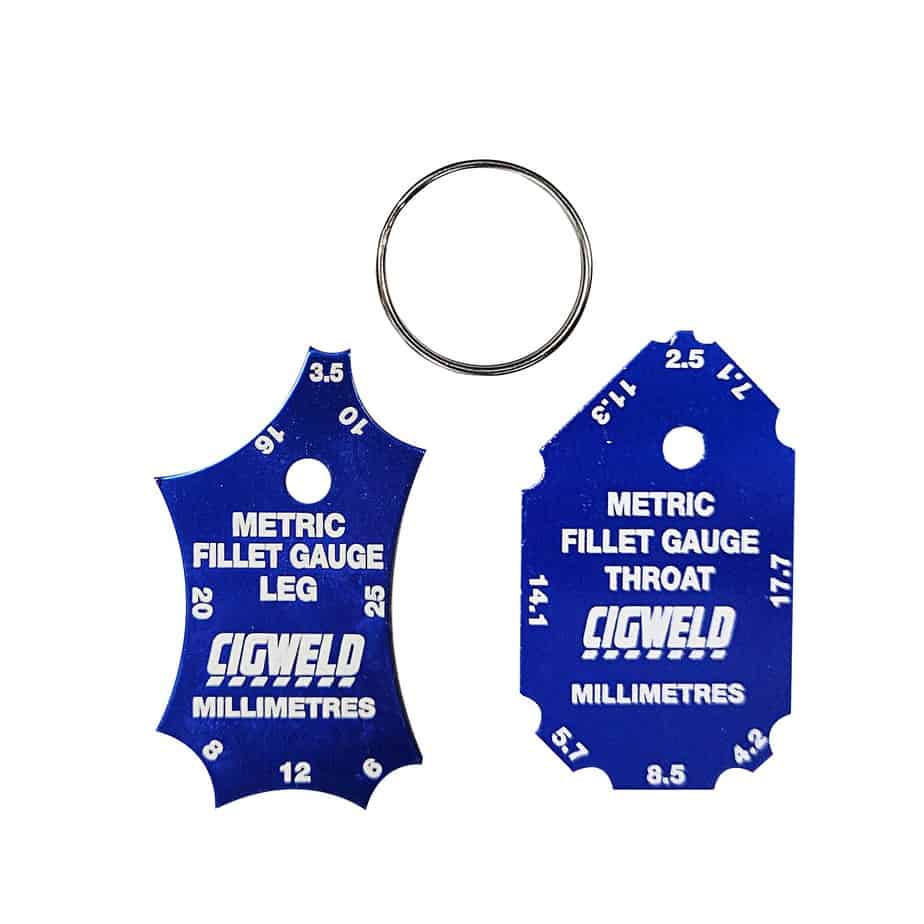The Ultimate Guide to Fillet Weld Quality Assurance: Ensuring Stamina and Durability in Your Welded Joints
In the realm of welding, ensuring the strength and resilience of fillet welds is critical for the stability of bonded joints. As we begin on this expedition of fillet weld quality control, we will reveal necessary aspects that affect weld stamina, dig into effective inspection methods, and review approaches for protecting against usual weld problems.
Relevance of Fillet Weld Quality Assurance
Making sure correct fillet weld quality control is vital in assuring the structural integrity and durability of bonded parts in various markets. Fillet welds are frequently made use of in structural steelwork, bridges, pressure vessels, pipelines, and other critical framework where the toughness of the weld is vital to general safety and efficiency. Quality control measures such as visual inspections, non-destructive testing, and adherence to welding treatments aid determine possible flaws like absence of fusion, incomplete penetration, undercutting, or extreme reinforcement.
Trick Factors Affecting Weld Strength
Achieving optimum weld stamina requires careful consideration of various crucial elements that influence the honesty and longevity of the welded joint. The very first crucial element appertains joint preparation, which entails cleansing the base metals to remove any impurities that can weaken the weld. In addition, the fit-up of the joint is necessary to ensure appropriate penetration and fusion of the filler product.
The selection of the proper welding technique and criteria additionally plays a considerable role in identifying weld strength. Factors such as warmth input, traveling speed, and electrode angle can impact the high quality of the weld. Keeping the appropriate interpass temperature during multi-pass welding is important to prevent cracking and ensure a strong bond between the layers.
In addition, the option of filler material and its compatibility with the base metals is vital for achieving high weld toughness. Making use of filler product with the suitable mechanical buildings can boost the total honesty of the weld. Lastly, post-weld warmth treatment and appropriate evaluation techniques are crucial steps in guaranteeing the stamina and resilience of the bonded joint.
Assessment Methods for Weld Stability

One more important inspection method is fluid penetrant testing, where a liquid color is put on the weld surface - Gauge Fillet Weld. The color seeps right into any surface-breaking flaws, making them noticeable under UV light. This approach works for identifying imperfections that might not be noticeable to the nude eye


Ultrasonic testing is likewise commonly utilized for checking weld stability. High-frequency sound waves are directed right into the weld, and any disturbances in the acoustic wave pattern indicate prospective issues like splits or absence of blend.
These evaluation approaches play a crucial duty in making certain the top quality and dependability of welds, ultimately adding to the general stamina and sturdiness of welded joints in commercial settings.
Protecting Against Usual Weld Defects
In index order to keep the structural integrity of welded joints in industrial applications, it is essential to execute precautionary actions to deal with usual weld defects. One typical defect is lack of blend, where the filler material stops working to bond properly with the base steels, causing vulnerable points in the weld. This can be stopped by guaranteeing correct heat control and making use of the appropriate welding technique.
Another frequent problem is porosity, brought on by gas entrapment in the weld metal throughout the welding process. To stop this, it is vital to clean up the base metals completely, utilize completely dry electrodes, and preserve an ideal welding setting with correct air flow.
Furthermore, fractures in welds can compromise the joint's toughness. To prevent this issue, it is essential to regulate the air conditioning rate after welding, use preheating when needed, and choose suitable welding criteria.
Enhancing Bonded Sturdiness With Appropriate Techniques
One vital technique to improve weld longevity is to guarantee appropriate weld bead placement. By placing the weld bead accurately within the joint, the weld's toughness and resistance to fatigue can be substantially improved.
Picking the ideal filler steel and making certain the cleanliness of the base steels can avoid inclusions and various other problems that could jeopardize the weld's resilience. By applying site these appropriate techniques, welders can make certain that their welded joints show extraordinary stamina and resilience, fulfilling the greatest high quality requirements.
Verdict
Finally, keeping high quality control criteria for fillet welds is essential for guaranteeing the stamina and resilience of welded joints. By comprehending the crucial elements affecting weld stamina, utilizing examination approaches for weld integrity, stopping usual weld flaws, and employing proper strategies, welders can improve the overall sturdiness of their welds. It is crucial to prioritize top quality control procedures to produce reliable and long-lasting bonded joints.
In the realm of welding, making certain the stamina and longevity of fillet welds is vital you can look here for the stability of bonded joints. As we get started on this expedition of fillet weld top quality control, we will certainly uncover necessary factors that affect weld stamina, dig right into efficient evaluation approaches, and review strategies for protecting against common weld issues.Attaining ideal weld toughness needs careful factor to consider of numerous essential variables that influence the stability and longevity of the welded joint (Gauge Fillet Weld).In final thought, keeping high quality control requirements for fillet welds is critical for guaranteeing the stamina and durability of welded joints. By comprehending the vital factors influencing weld strength, utilizing evaluation techniques for weld integrity, stopping usual weld issues, and employing appropriate strategies, welders can boost the overall resilience of their welds